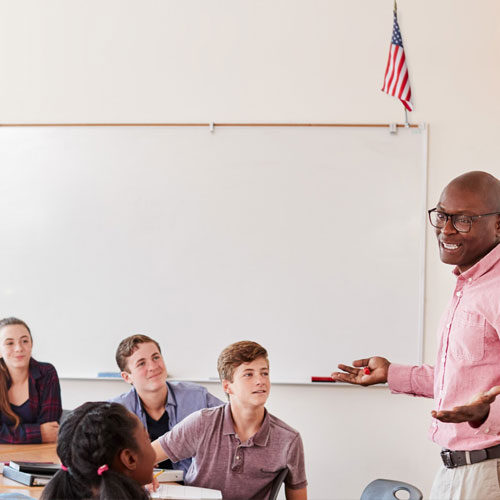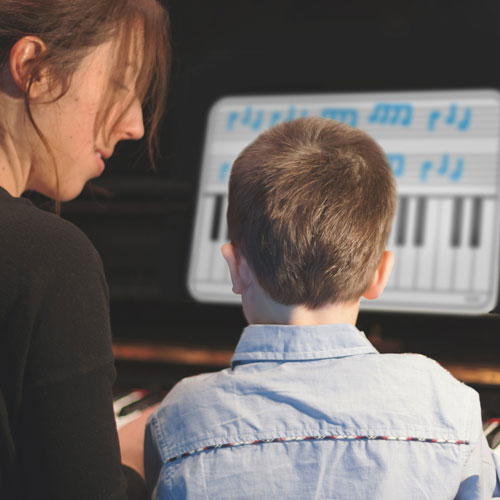
Teaching children about money, whether in the classroom or at home, can be a daunting task. But with the right tools and lessons, teaching money can be more fun, engaging, and accessible than ever!
The Benefits of Teaching Kids About Money
Teaching children learn how to manage money the right way at a young age is something every student needs a chance to learn. Kids will use money skills their whole lives. It's essential to take the time to teach them how to earn, budget, and spend responsibly.
Children often see adults exchanging coins and bills when they buy things. As children get older, they grow and begin to start understanding the value of people, items, and money. These concepts grow the foundation for understanding the importance of spending, sharing, and saving.
Introduce Money Basics
When teaching young children about money, you should start with preparing the basics. Introduce the basics of money to your classroom, starting with the concept of why we need money.
A good starting point is to expand on the basics of math that children have already learned in school. Educate them about money and provide some basics. Show them the different coins and dollar bills in your country's currency. In the United States, begin by showing the classroom the various dollar bills and coins. A helpful tool is MyWhiteBoards Magnetic Money Kit, a 24-Piece Magnetic Money and Coin Kit that allows you to introduce your students to basic financial concepts to your students or children.
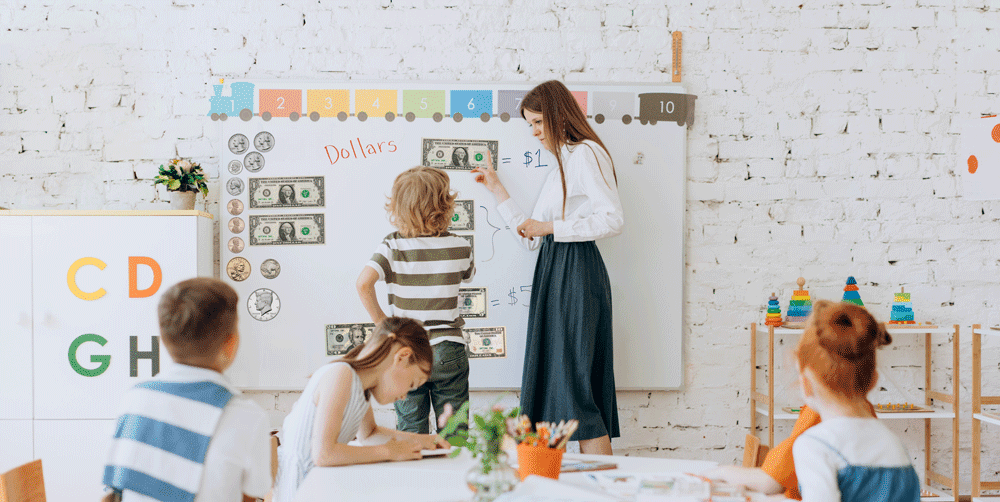
Our super-realistic bills and coins in an extra large size allow for easy instruction and viewing even from the back of the classroom. All of our magnetic money is printed using our exclusive OptiPrint® process. The vibrant, lifelike color looks so good that our magnetic money can even be used as a decoration. The magnets in this kit will adhere to any magnetic receptive surface, making them perfect for classroom or at-home learning.
A magnetic money kit is an excellent tool for showing kids realistic US bills and their value to your students. Explaining the value of each coin and bill is a great start; explain it in the way of basic math. A five-dollar bill is worth five dollars of currency, and when you put a ten-dollar bill with it-you, you add five and ten together, leading to fifteen dollars of money value. This concept can easily be demonstrated with the visual aid of magnetic money, allowing children to grasp the idea quickly.
The Value of Money
A fun activity to help students learn the value of money is playing an activity called “who has the most money.”
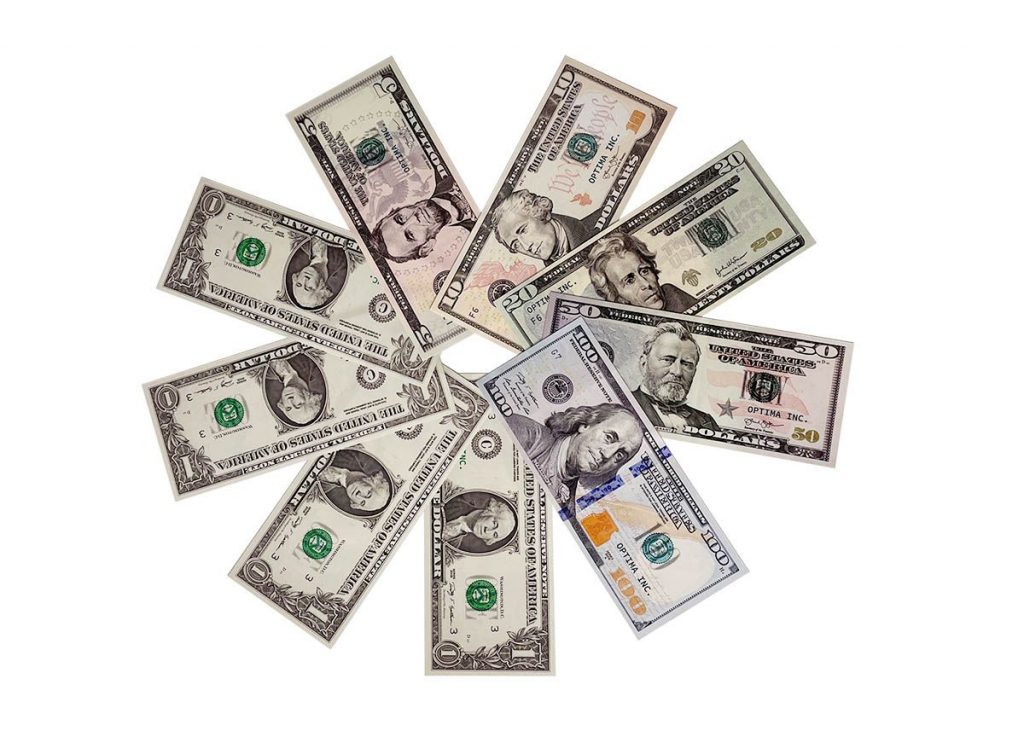
This can be done with play money or paper cutouts. First, group your students in pairs or trios. Hand each student a certain amount of dollars or coins and have them figure out who holds the most value in money. Doing a few rounds while explaining to the students how specific bills and coins hold more value than others should allow your students to grasp the concept better. This activity is an excellent way for students to get hands-on practice understanding money's worth.
Why We Need Money
Introduce your students to the concept of Goods and Services. Goods and services are part of what makes up a society’s economy. People and companies make goods and provide services, and others pay for those goods and services with money.
Goods are items that are produced. They are physical objects that can be seen and touched. Goods are sometimes called products or commodities. These include food, clothing, cars, houses, roads, electronics, and other products that can be bought or sold.
Services are not physical objects that can be touched. Instead, services are things that people do for others in exchange for money. Services may include getting your hair cut, seeing a movie, or seeing the doctor.
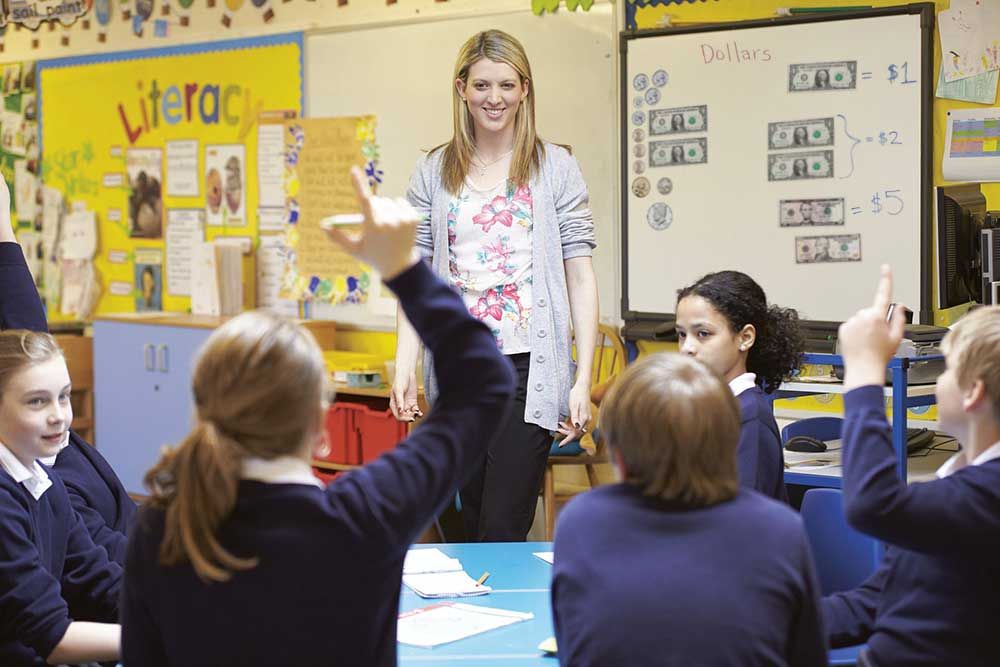
A fun, engaging activity with your students could involve setting up a pretend town in your classroom. Have different corners of your classroom be other play locations, a grocery store, a hair salon, a clothing store, etc. Have your students use their “money” to buy “goods and services” at the different classroom stalls. This activity is a great way to get students out of their seats and have fun while learning.
How to Be Responsible with Money
Teaching children early to be responsible with their money is a great way to establish a mentality that will ensure success in their future. Younger students may not be ready to learn budgeting, spending, etc., but teaching them simple concepts is ideal.
Teach your students about the importance of being smart with your money. This can be done through the explanation of wants versus needs. Explain to your students the difference between necessary goods and wants. For example, groceries are essential goods while a brand new toy is a want. When spending your money, you should focus on your needs before your wants. This simple lesson may seem small, but it helps teach your young students healthy spending habits.
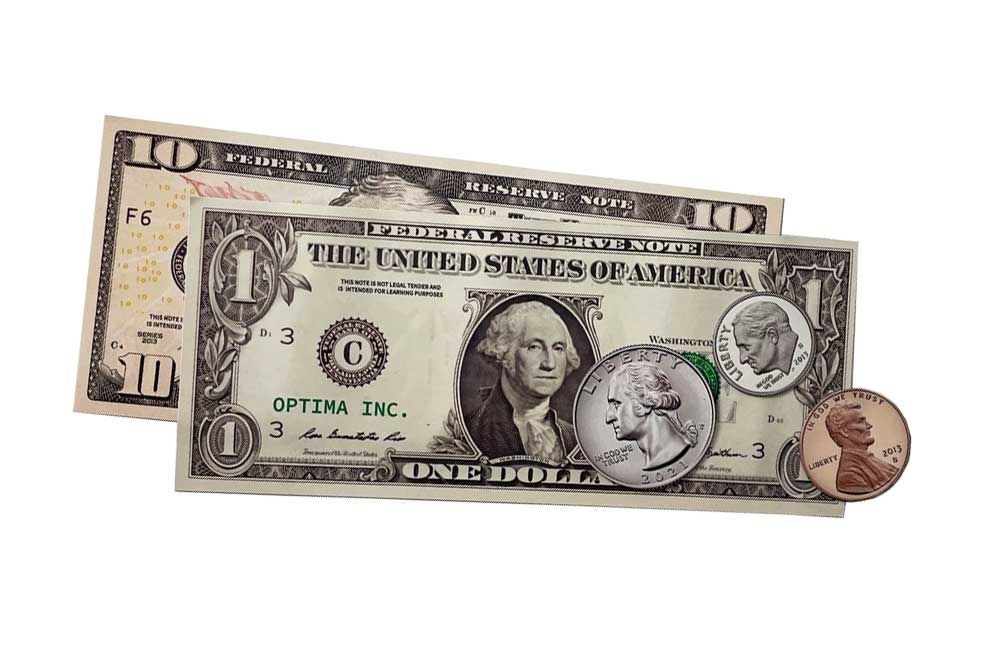
Teaching about money, doesn’t have to be boring. Trying out these classroom activities is a great way to keep your students engaged, excited to learn and having fun in the classroom.
About OptiMA® Inc.
We are a small business whose products are made in the USA. We specialize in dry-erase boards, dry-erase wallcoverings, portable dry-erase units, high-quality custom-printed whiteboards, fast shipping, and five-star customer service. Over the last three decades, we’ve worked hard to deliver industrial-quality whiteboard solutions that won’t hurt customers’ budgets


